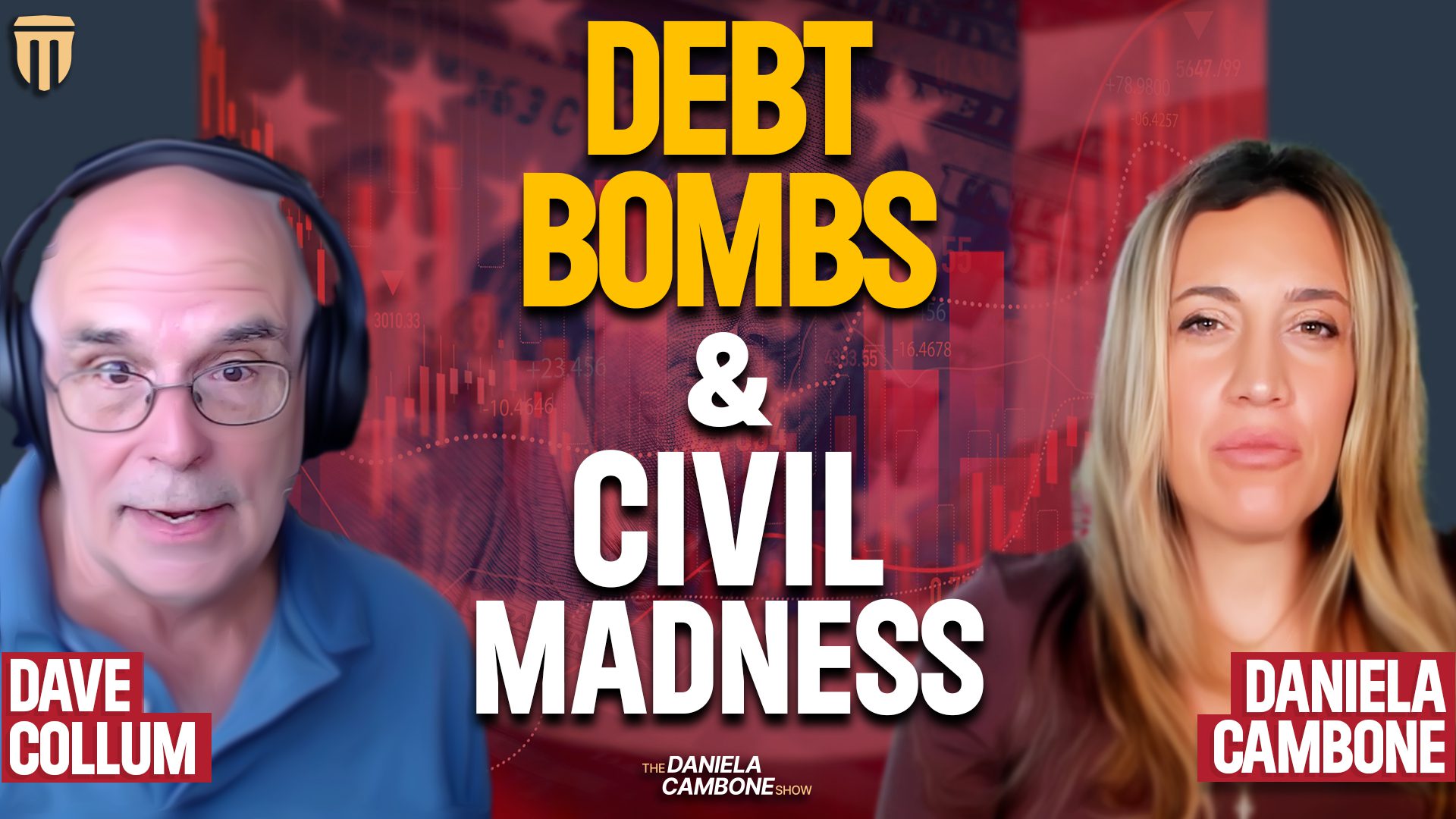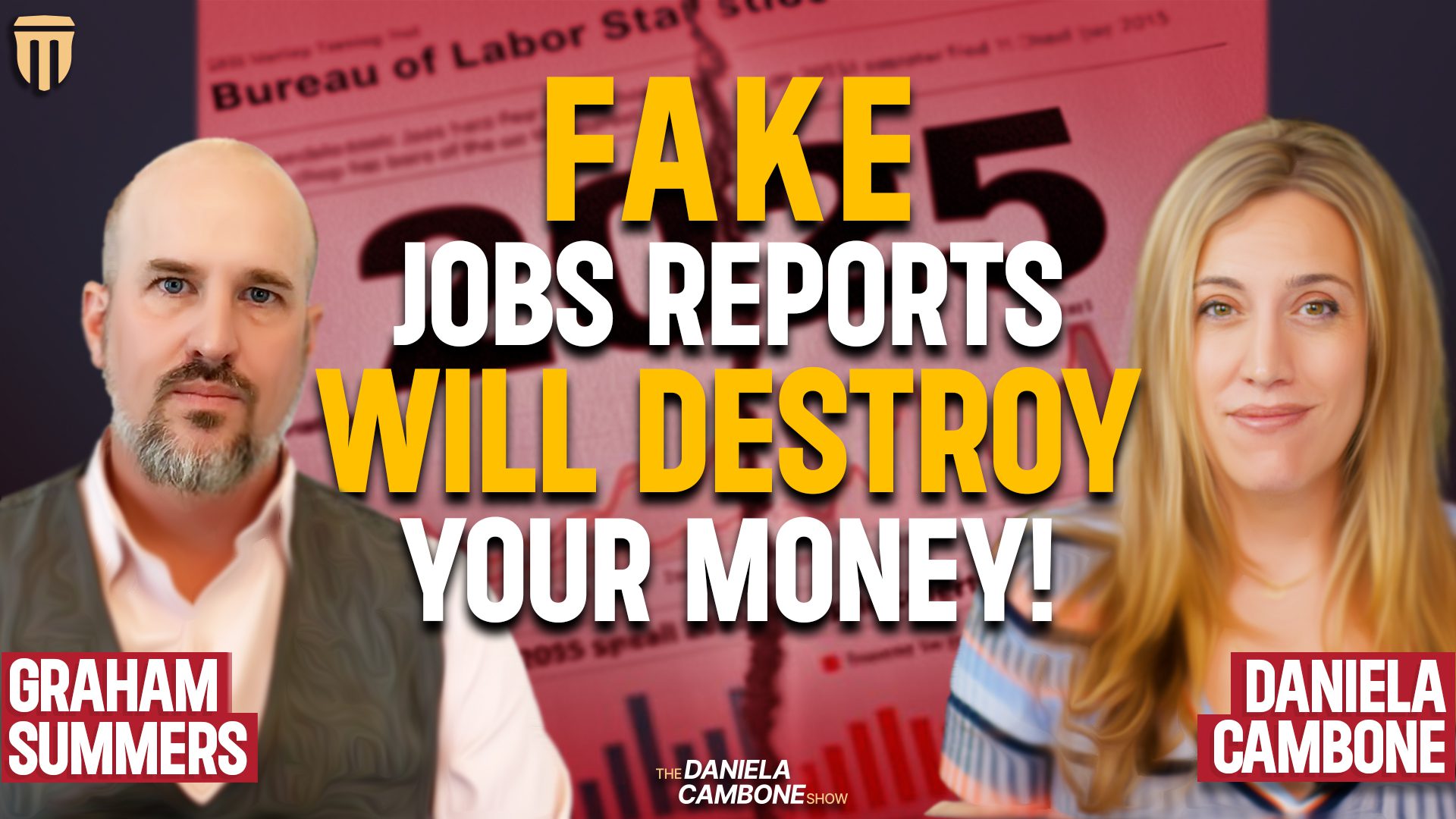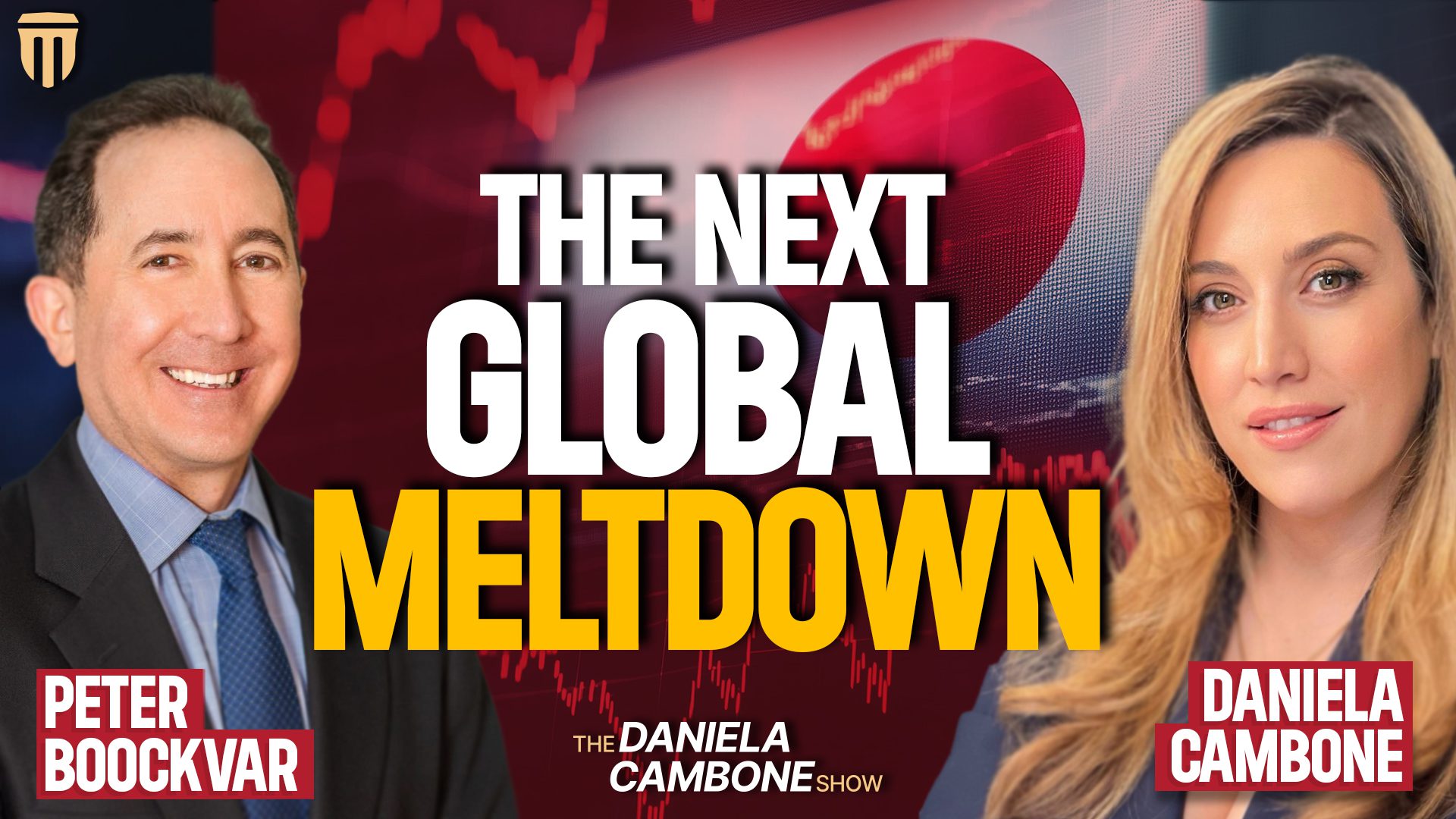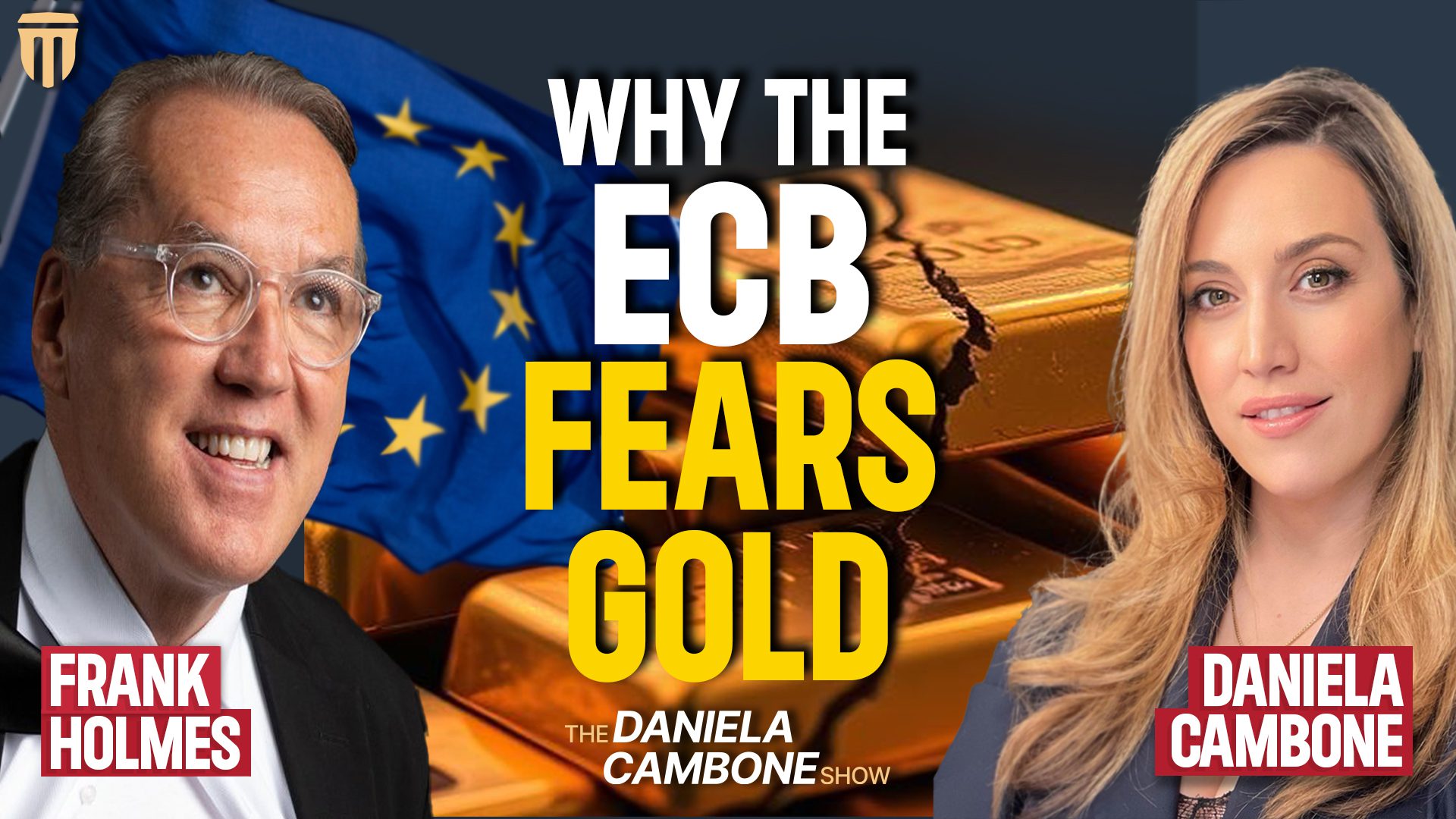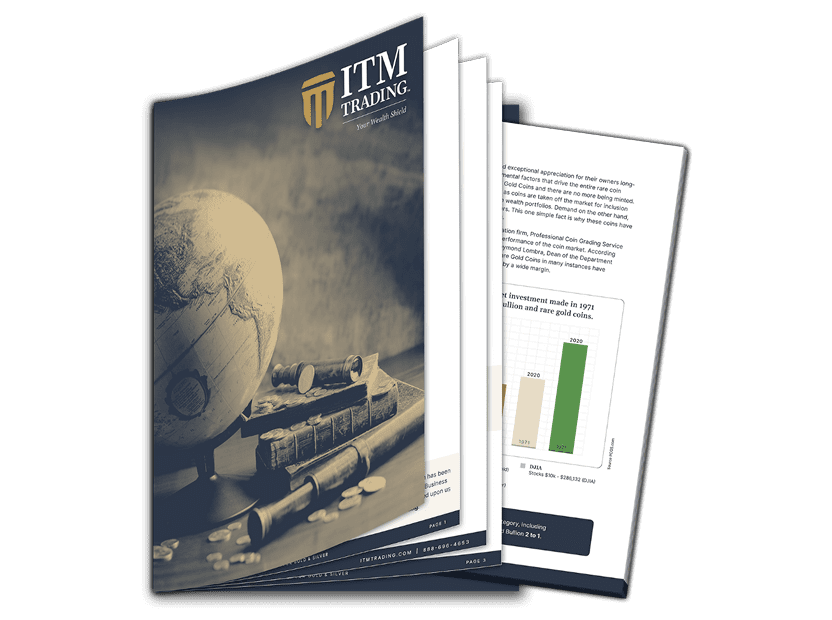Why You Need Gold – Financial Protection & Diversification

Why You Need Gold
Gold is first and foremost a form of financial insurance – protection against the periodic setbacks suffered by traditional paper assets, including stocks, bonds and paper currencies, particularly the US dollar.
In the last several years, we have seen gold fulfill its role as financial insurance in the face of a series of crises involving everything from terrorist attacks to massive bank failures. But as recently as the 1990s, gold?s key role as financial insurance wasn?t so apparent to investors. The 1990’s were characterized by rising stock markets, a strong dollar, low inflation, stable interest rates, peace and prosperity. Most investors saw little need for gold in their financial plans.
 At ITM Trading we believe that gold must be a permanent fixture in every portfolio.
At ITM Trading we believe that gold must be a permanent fixture in every portfolio.
Just because a portfolio did fine without gold in the 1990’s should not have meant that the protection it provided should have been discarded, as we have seen in the first decade of the 21st century.
Consider the following analogies: You have health insurance; a stretch of good health won’t prompt you to cancel that coverage. You have automobile insurance; if your teenagers haven’t mangled the SUV recently, it gives you a chance to increase your coverage, not cancel it. You have life insurance; the fact that your beneficiary has not yet collected is grounds for rejoicing, not cancellation.
Gold is your financial insurance, the portfolio diversification that protects your wealth when paper assets are suffering. The factors that make the price of gold rise are the same factors that throw the financial markets into turmoil. This is precisely the reason why gold serves so well as financial insurance.
However, gold is more than just a form of financial diversification; it is also a financial asset that periodically offers tremendous potential for appreciation. Consider that the price of gold tripled between 2001 and 2009, outpacing nearly every other investment category during that period.
Individuals need to acquaint themselves with the factors that cause appreciation in the price of gold. Historically, there have been eight principal factors that have led to rising gold prices:
-
High inflation, or the fear of high inflation
Gold is renowned as a hedge against high inflation. The last time America saw double digit inflation, the price of gold set new records, soaring to an all-time high that was not surpassed again for a quarter century.
-
A decline in the U.S. dollar or other key world currencies
Gold is bought and sold in U.S. dollars, so most declines in the value of the dollar causes the price of gold to rise. In addition, the depreciation (or deliberate devaluation) of any currency causes the price of gold to rise in terms of that currency.
-
Turmoil in stock markets
The most effective way to diversify your portfolio and protect the wealth created in the stock and financial markets is to invest in assets that are negatively correlated with those markets. However, there have been times in recent history when gold has performed well while the Dow was rising (2002-2007). Gold is the ideal diversifier for an equity portfolio, simply because it is the traditionally negatively correlated asset to equities.
The economic and financial forces that determine the price of gold are vastly different from those that determine the price of stocks. The value of a stock depends on a company’s earnings and growth projections. The value of a company’s debt instruments depends on their safety and yield. The value of gold, on the other hand, depends on factors such as political and economic unrest, currency fluctuations and inflationary expectations. Almost universally, those factors that boost the gold price serve to depress the price of equities.
While there are exceptions to every rule, there are significant historical examples which serve to illustrate this axiom vividly:
- In the last 4 months of 2008, when the stock market in the US collapsed as big brokerage houses suddenly failed, the price of gold shot up from approximately $725 per ounce to $925 per ounce, an increase of over 27%.
- The 1987 stock market crash is still one of the major declines in the history of U.S. equity markets, even though it has been largely forgotten by today’s investors. From October 14 to October 19, 1987, the major U.S. indexes lost 30% or more of their value. On “Black Monday,” October 19, 1987, the Dow fell 22.6%. With the stock market collapse, gold shot up to $500 an ounce, the highest level since 1983.
- The S&P 500 reached a then-record high of 121 in January 1973. However, from that high point, the Index fell over 21 months to a low of 60.96, a drop of 50%. The stock market didn’t reach that January 1973 high again until July 1980, almost 6 years later. The Dow followed the same trend, peaking at 1052 in January 1973 and falling to 578 in 1974. As stock investors saw their portfolios evaporate, the price of gold in London rose from $63 an ounce in early 1973 to $183 an ounce at end of 1974, a near tripling in price.
-
Spiking interest rates
The price of gold tends to increase as interest rates rise. Although many investors seem to think that hikes in short-term interest rates halt inflation in its tracks, the evidence of history does nothing to support that notion. Higher interest rates are inflationary in themselves since they raise the cost of borrowing by making loan payments higher and increasing the cost of living.
-
Oil and other commodity price shocks
The relationship between gold prices and petroleum prices has been discussed, analyzed, and examined extensively over the past three decades. Although the prices of gold and oil don’t exactly mirror one another, there is a general correlation. If oil prices rise or fall sharply, investors can usually expect a corresponding reaction in gold prices.
The fundamental reason for the correlation is that higher oil prices lead to higher rates of inflation at the same time that they reduce the real rates of growth in industrialized countries.
-
Banking crises
Banks are a key component of the the world economy and when major world banks fail, the entire world economy shudders. Included in the category of ?banking crises? should be the failure of big investment banks like Bear Stearns and Lehman Brothers in 2008.
Because people tend to view banks as among the safest places to keep their money, when the entire banking system is weakened, people tend to lose faith and seek the safety and security of gold.
-
International loan defaults and other debt crises
As governments or public companies default on loans or other debt obligations, the public becomes distrustful and begins to lose confidence in government, financial institutions, and paper assets. Uncertainty in the financial markets drives people to the security and value of gold.
-
Geopolitical crisis
Throughout history, tensions and crises around the world have disrupted international commerce, distorted economic conditions, and threatened the vital interests of economically developed nations. During these periods of international crisis, gold is the best form of financial insurance to protect your portfolio. During periods of truly serious international tensions involving military conflict, gold has proven to be vital to investment portfolios. Because the world is a dangerous place today, you should take these lessons from history and include gold in your portfolio.
Read about the best way to own gold (by clicking here), or call
us at 888-696-4653.

